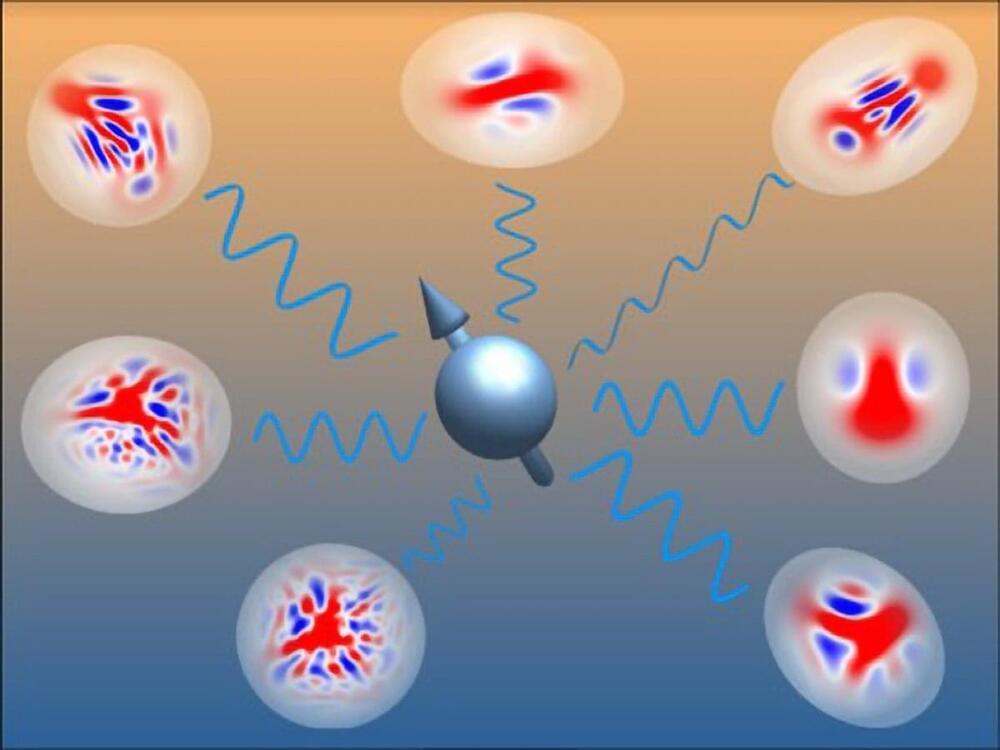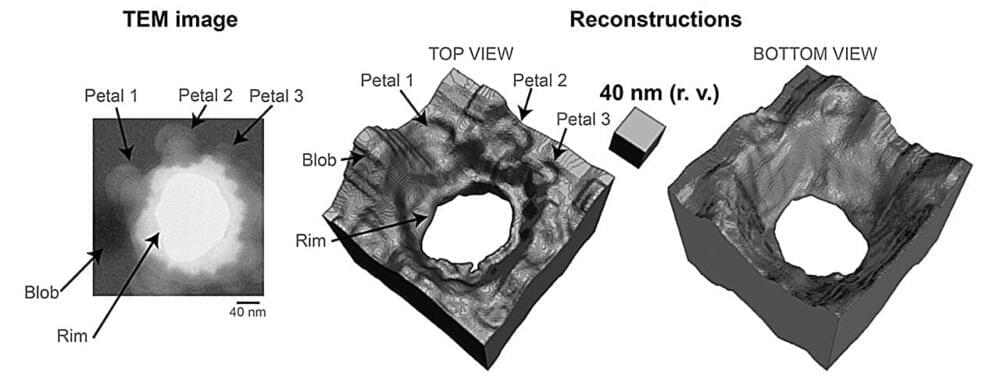May 30, 2024
The I.Q. of GPT4 is 124 approx
Posted by Shailesh Prasad in categories: biotech/medical, mathematics
GPT4 can score better than 95% of the average human on aptitude tests.
The GPT-4 language model recently completed the Scholastic Aptitude Test (SAT), achieving a verbal score of 710 and a math score of 690, resulting in a combined score of 1400. Based on U.S. norms, this corresponds to a verbal IQ of 126, a math IQ of 126, and a full-scale IQ of 124. If taken at face value, one might conclude that GPT-4 surpasses 95% of the American population in intelligence and is approximately as intelligent as the average doctoral degree holder, medical doctor, or attorney.
However, the question remains: Is administering an IQ test to GPT-4 a valid undertaking or a significant categorization mistake?


















